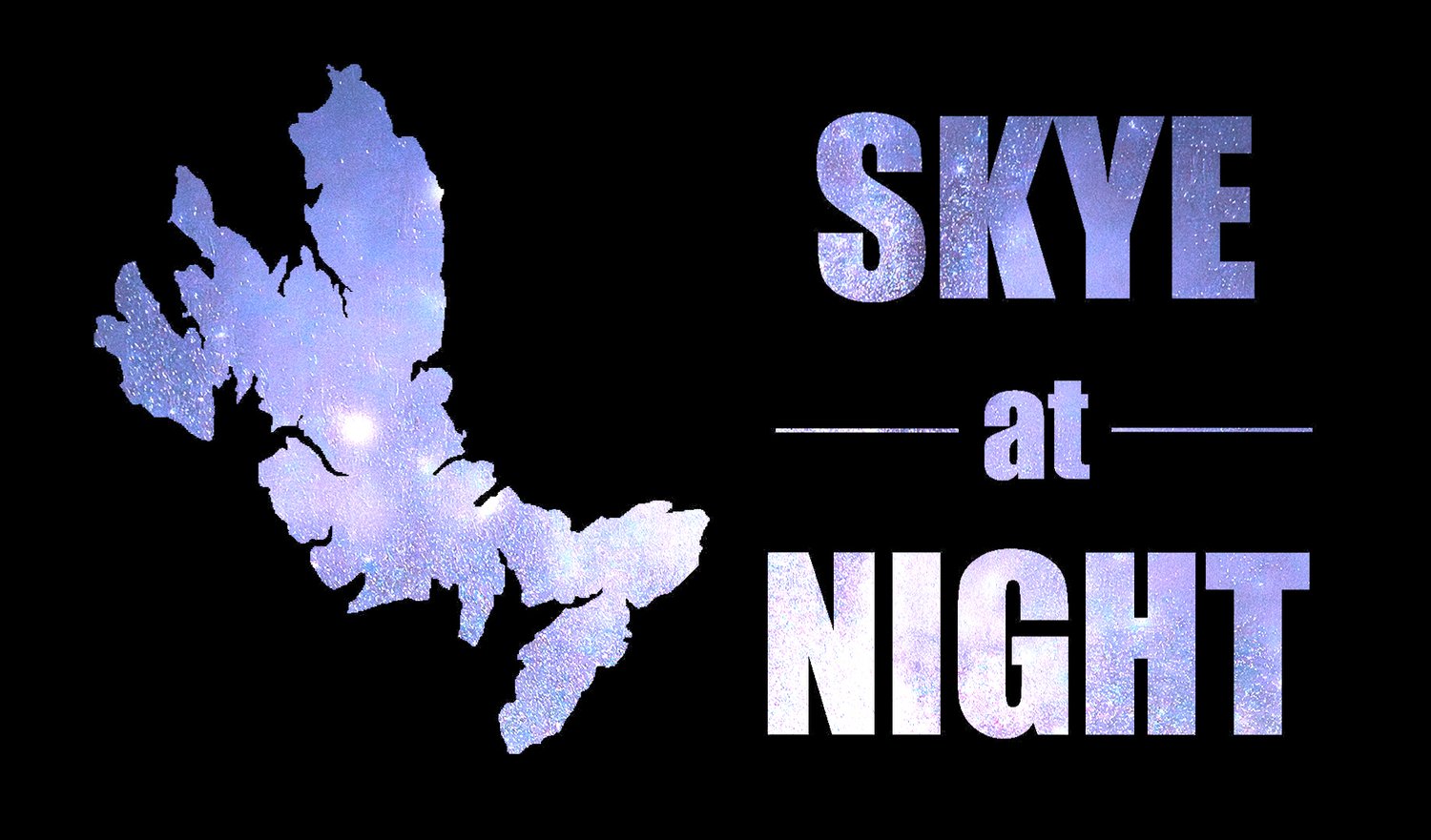Ice Pancakes
Ice pancakes form on the Allt Dearg (Red Stream)
Should I go out into the cold dark night, or stay in my cosy warm cottage? Well, nobody got a prize-winning image sitting on their sofa, so off I went.
Inspired by seeing a daytime video on Facebook of ice pancakes on Allt Dearg near Sligachan, I had to go for a look myself. I know the area well, having photographed the famous cottage there several times, so I had a good idea where the pool of pancakes was likely to be.
Driving to Sligachan was quite treacherous, with very low temperatures, ice on the roads and a heavy frost everywhere else. Add in the every present deer that bounce out in front of your car from behind gorse bushes, and it made for a fun journey. On the upside, one of the benefits of the winter in Skye is that the night comes early, so it was only 6pm and fully dark by the time I parked up next to the access road and footpath that would take me beyond the cottage.
A walk along the path through sparkling thick frost on the grass and heather got me eventually to “pancake pool”. The pancakes are formed when foam on the water surface freezes in an eddy, forming a little ice raft that rotates around. Gradually, more foam freezes to it, and after a while you get a circular pancake of ice floating on the eddy. Eventually the pancake gets to large to be held in the eddy and it floats off, leaving space for another to form.
It was a tricky spot to get a good composition. I wanted to get the Cuillin on the horizon, and the waterfall, and the ice pancakes, but this combo necessitated clinging to a tiny ledge on the vertical face of the bowl the pool is in. You can see the predicament in this still from the behind-the-scenes video:
Wedged onto a tiny ledge a few centimetres above the pool.
For my chosen composition I used my Sony A7III with 16-35mm lens. This was because I had to use the widest focal length possible at 16mm to get the whole scene in shot. Sadly my Leica Q3 stayed in the bag this time - it wasn’t wide enough with a fixed 28mm lens for this shot.
Just to add to the fun, with no moon there was very little light. I did some 8 minute exposures to just get a starlight exposure, but the pancakes were moving slightly and the inevitable star trails didn't look too good.
357 sec exposure, f/4, ISO 3200 at 16mm.
Eventually I sent my drone up, with the landing light on to act like a small moon and give a bit of light to the scene. This enabled a 20 sec exposure at f/3.5 and ISO 3200 at 16mm. I had to focus bracket two shots, one for the pancakes and one for the waterfall and beyond as the wide aperture needed to get the exposure right didn't allow for enough depth of field to get the whole thing in focus.
And by this time, an amazing green tinted airglow had appeared. This shot is facing south and I was paranoid I was missing an amazing aurora in the north, but it turned out not to be so - just an epic airglow.
I knew I’d have some post-processing to do when I got back, as I had to blend together the near- and far-focused images to ensure I had sharp pancakes, a sharp waterfall, and sharp mountains and stars in the distance. Using Photoshop for blending using layers can be quite tricky as the change in focus from near to far can change the alignment of the images, so if you aren’t careful you can get odd double-image effects if you don’t take a lot of care with the masking. Happily this wasn’t too tricky as any blending joins could be hidden nicely in the detail of the waterfall and rock face.
Below is a behind-the-scenes video of the session, including all the post processing afterwards.
It was well worth the outing. Blimey it was cold!



